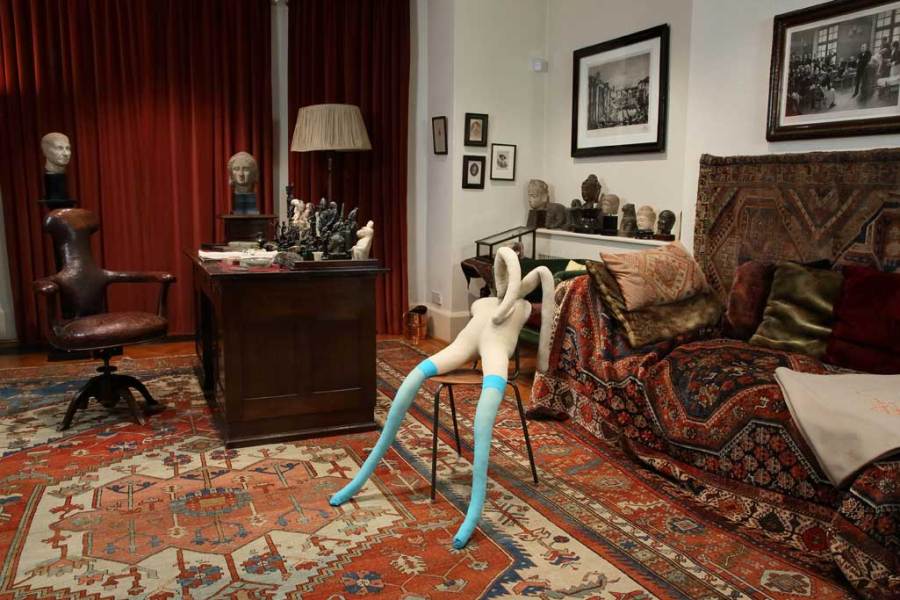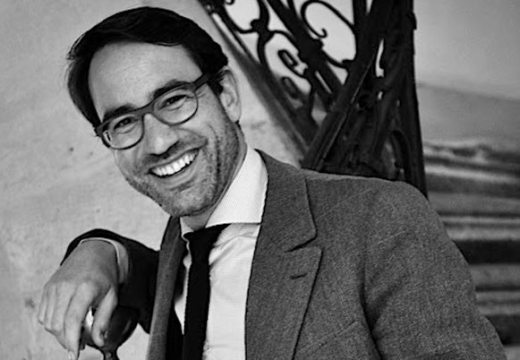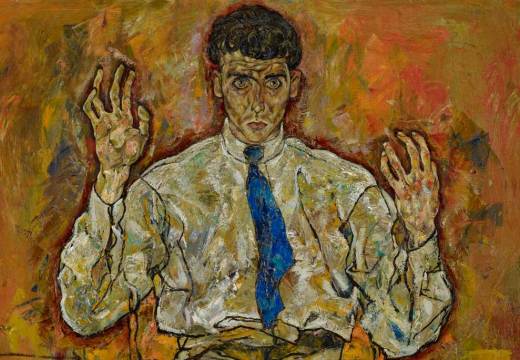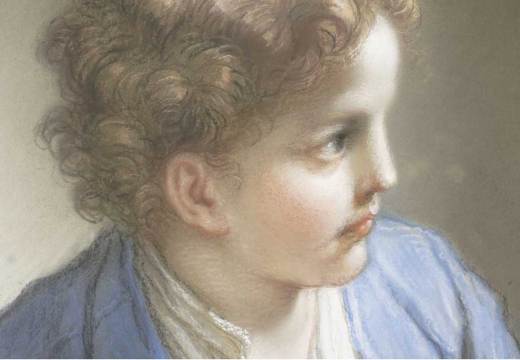In 1956 Marilyn Monroe was in London filming The Prince and the Showgirl with Laurence Olivier. At the time she was married to Arthur Miller and the story goes that she read in his diary something to the effect that the only woman he would ever love was his daughter. Interpreting this as a statement that he did not love her, Marilyn suffered an emotional crisis that led to her becoming a patient of Anna Freud.
This and myriad other fascinating tales and observations are recounted in Lisa Appignanesi’s book Mad, Bad and Sad: A History of Women and the Mind Doctors from 1800 to the Present. An exhibition of the same name, currently at the Freud Museum, uses the book as its departure point to tell the story of what eventually developed into the psychotherapy we know today.
The story begins with a print illustrating the order that the mad be released from chains by Doctor Philippe Pinel at the Hospital Salpêtrière in 1826. It was a symbolic moment when the intention was set for the mad to be treated with understanding rather than cruelty. A wonderful tapestry of images and objects follows.
Particularly inspiring is a radio interview with Ted Hughes and Sylvia Plath from 1961, in which Sylvia expresses what with hindsight seems to be an extraordinary sentiment: ‘I certainly have a life just like all the other housewives and mothers in our district; shopping, dishes, taking care of the baby and so forth.’ And Ted the apparently antithetical but very moving idea that ‘two people…who are compatible in this sort of spiritual way, in fact make up one person…one source of power, which you both use and you can draw out material in incredible detail from the single shared mind.’
Interspersed within this history are works by contemporary women artists that don’t illustrate but rather embellish the narrative, in whatever way the viewer might choose to interpret. In Freud’s office are works by Susan Hiller, Sarah Lucas and, my personal favourite, Alice Anderson.
Anderson exhibits a bookcase mummified in copper wire, and a video of the artist’s ritualistic covering of the object in this wire, which represents her hair. ‘I remember the terrible fears I used to have when I was a child left alone at home for many long hours waiting for the return of my mother. At that time I invented rituals for myself to calm my anxieties. These rituals consisted of undoing the threads from seams, and I wound these threads around parts of my body and other objects. Later I began to use my hair instead of thread.’ It doesn’t get much more Freudian than that. The result, in this setting that tingles with the energy of the people and events that have coloured its past, is eloquent.
Equally gripping, in the bay window half way up the stairs, is a pair of Francis Upritchard’s sculptures. Two little men, naked and raised to our eye level on plinths, poke skinny fingers at all kinds of archetypes. They stare at the viewer like the oracle, disturbing her with the sense of her own transparency. Powerful even in a white cube, here they are gut-wrenching.
Its creator Dawn Kemp charmingly described the exhibition as ‘very modest… like a conversation begun at midnight between friends.’ In fact it is incredibly rich. Already I am planning a second visit.
‘Mad, Bad and Sad: Women and the Mind Doctors’ is on at the Freud Museum in London until 2 February 2014.
Unlimited access from just $16 every 3 months
Subscribe to get unlimited and exclusive access to the top art stories, interviews and exhibition reviews.














![Masterpiece [Re]discovery 2022. Photo: Ben Fisher Photography, courtesy of Masterpiece London](http://www.apollo-magazine.com/wp-content/uploads/2022/07/MPL2022_4263.jpg)
It’s time for the government of London to return to its rightful home